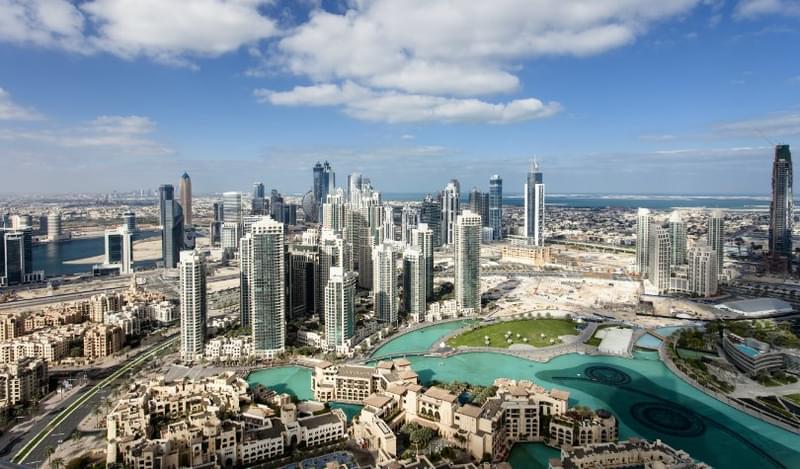Infrastructure investment over last 3 years has been high across the GCC, and in 2014 amounted to US$171bn, according to the ‘Deloitte GCC Powers of Construction 2016’ report.
Yet-to-be completed projects in the GCC currently have a net value of just over US$2bn, with construction, transport and power taking the largest shares of this total at 52.43%, 19.03% and 10.97% respectively, figures from the report show.
Demographic pressure in the GCC means there will be a growing need for new infrastructure in the power, water, road, social housing, school and hospital projects. Despite this increased need, the fall in revenues for the GCC states from lower oil prices means infrastructure funding has been affected.
As a result, there is an increasing focus on the role PPPs could play within the financing requirements of planned GCC infrastructure projects, of which Saudi Arabia and the UAE command the largest share at 38.91% and 34.84%, respectively, which in the latter’s case include among other projects the redevelopment of Union Square and the first phase of construction of the Dubai Trade Centre District. Saudi Arabia has a number of PPPs planned including new concessions for Riyadh Airport.
Although lower oil revenues have pressured airport expansion, with tourism forecast to contribute 8% to the Middle East’s GDP this year, funding the development of airports is a high priority for Middle Eastern policymakers.
“The use of project finance for aviation is very prevalent throughout the Kingdom, and there are plans to use PPPs for all airport financing,” said Jeronimo Roura, CEO of MENA Infrastructure Fund. “There is currently no project financing for airports in Dubai, only local contracting.”
The PPP-financed US$249mn modernisation of the Hajj terminal at King Abdulaziz International Airport in Jeddah was completed in 2010, and the entire Prince Mohammad bin Abdulaziz Airport in Medina also saw PPP-financing amounting to US$1.4bn in a project that began in 2011. Further plans to develop the Kingdom’s Taif International Airport will be funded on a PPP-based model.
There is also a large drive to develop airports in the UAE. Dubai South, the 145km-squared city that will include Al Maktoum International Airport, which will eventually handle 220 million passengers and 12.5 million tons of cargo annually, will require a large amount of investment, and is planned to create an ‘aviation capital.’
The government of Dubai has spent large sums on building the initial site infrastructure, which has been further supplemented by ECA financing.
One of Dubai South’s districts, the logistics district, has already attracted AED1.8bn worth of investments.
Transport projects constitute a large portion of the overall infrastructure funding pipeline. On rail and roads, the total value of pre-execution GCC rail projects amounts to US$185bn according to Deloitte.
Although potential projects include metro lines in Mecca and Jeddah in Saudi Arabia and the Route 2020 metro link in Dubai, there is unlikely to be significant PPP-funded investment into these sectors for the next two years.
“There will be no project finance for the next two to three years in regards to road and rail. There is too little investment in road for project finance, and it is very difficult for project finance to be adapted to rail projects,” Roura said.
He added that despite this, there are road and rail projects being funded in Saudi Arabia, albeit not on a PPP basis, for which ECA financing could play a large role, particularly for rolling stock such as trains.
Although there is a need to encourage the use of PPPs outside of the power and water sectors, Roura noted that PPPs will continue to be prevalent in these sectors going forward simply because such commodities are necessities.
He added however that there could potentially be additional project financed ventures in schools, hospitals and social housing.
Indeed, the Saudi government is looking to increase both local and foreign investment in energy, housing, finance and healthcare.
Furthermore, Roura stated that whilst PPP-financing was slow in sectors outside water and power sectors, the renewables space is receiving significant attention. He noted that although Saudi Arabia’s KA Care renewable project – which was expected to generate 20,000mw – failed, it is expected Saudi Arabia will return with its renewables programme, which will likely attract PPP funding.









